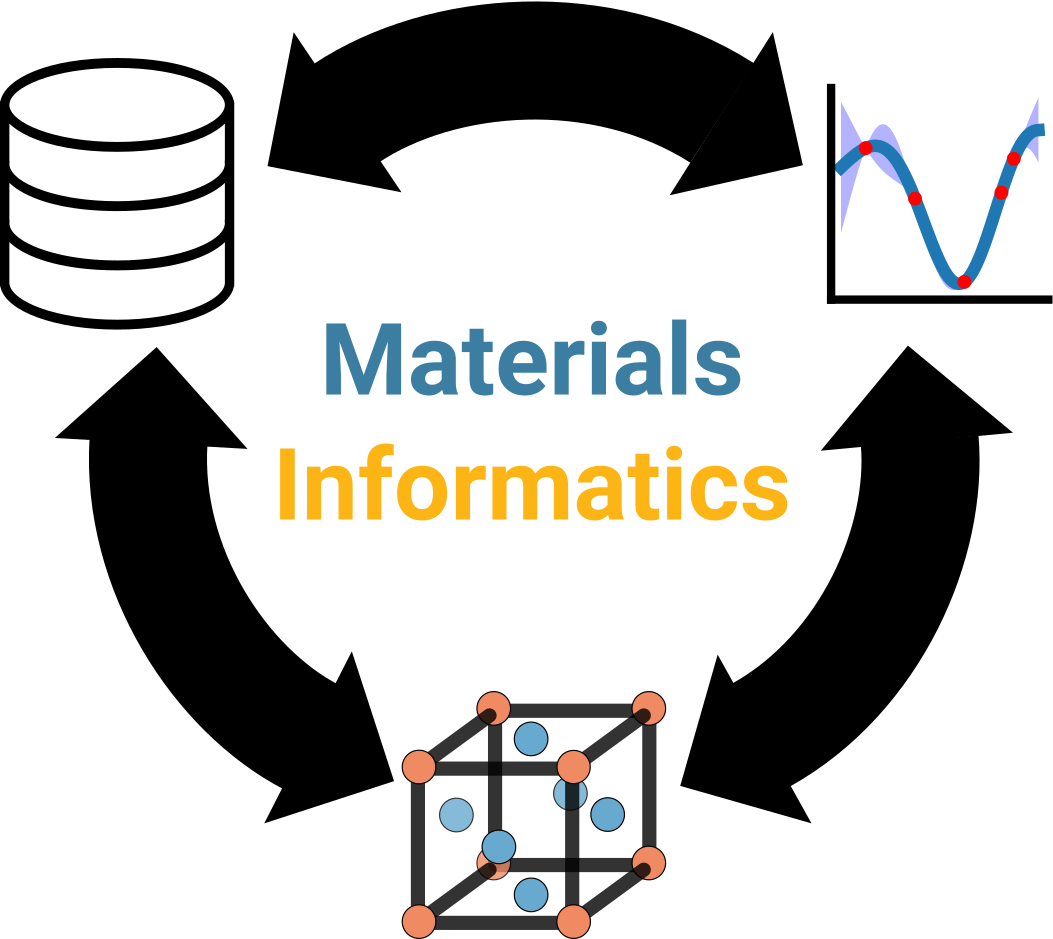Welcome back!¶
Recap¶
Here’s a quick slide deck summarizing the key points from week 1:
Yikes 😱¶
We understand that after last week’s intense learning extravaganza and this long weekend, for us to now tell you to “go do self-directed research” can feel like we’re tossing you into the deep end—and you’d be completely right! We’ve opened the floodgates and inundated you with science, data, and programming tools, and now we’re asking you to make sense of it all and chart your path forward. And you have a presentation in two weeks’ time. The task sounds daunting. The path forward appears nebulous. Your anxiety is rising… 🌡 Welcome to research! 🤣
In all seriousness, whether or not you identify with the above feelings, we want you to know two things:
We have set high expectations for you because we strongly believe you will meet these expectations. Remember that we specifically chose you all out of a large applicant pool because we see in you the characteristics of a successful researcher. You may not realize it yet, and that’s OK. That’s why we’re giving you this task. 😁
In terms of the technical skills, you may be better prepared than you think. While there will always be nuances and more things to learn, all of the exercises you completed for last week’s tutorials should have prepared you well for both the programming aspect and how to think about problems in a data-driven way. We covered quite a bit of science too, even if it was subtly embedded, and now your task will be to connect the dots and apply your knowledge to tackle the MSE problem using data science methods. Fun! 💪
Next steps¶
To get our mindset back in the game, we recommend taking some time to review the concepts from last week, starting from the science/research topics. You might ask yourself the following:
Do I have enough information to get started or should I do a little more reading on the science (lit review)?
What properties are important for this application or might be helpful for modeling the dielectric constant?
Do I have a dataset that I can work with? Is it in a usable, cleaned form? What do the data look like?
What programming examples from last week will enable me to put my ideas into practice?
By answering the above questions, you should be well on your way! 🤩
Important
We’ve probably repeated this so much that it’s getting on your nerves, but we will emphasize once more that self-directed research does not mean you’re working alone. We hope you feel supported by your peers and mentors to pursue the research that is meaningful to you and to ask questions if anything is ever unclear or you just want to discuss your thoughts. 💝
